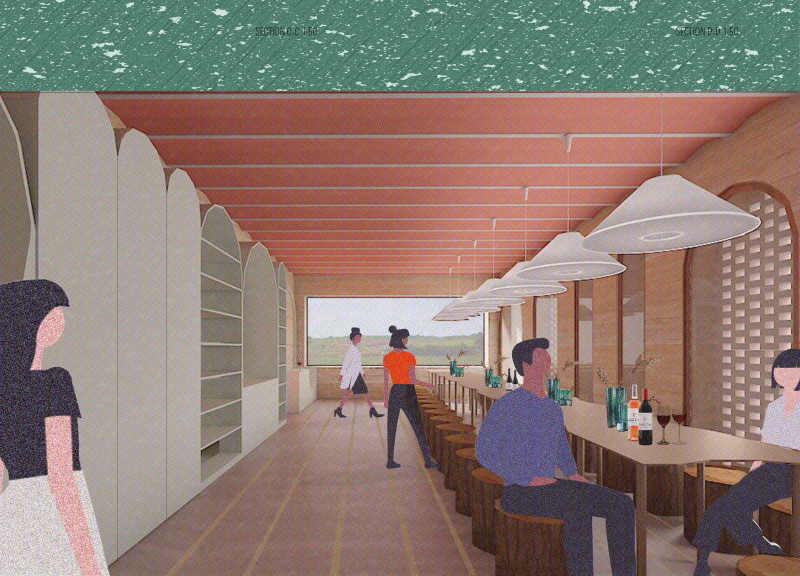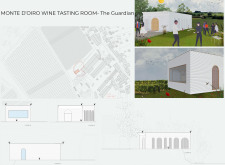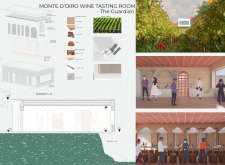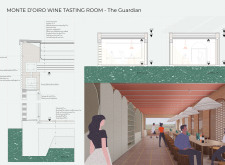5 key facts about this project
The project is designed to accommodate a specific community need, whether that be residential, commercial, or institutional, ensuring that it fosters social interaction and connectivity. The spatial organization is carefully considered, with each area designated for distinct activities while promoting an overarching fluidity that encourages movement throughout the interior and exterior spaces. This design choice enhances the user experience, allowing for intuitive navigation and interaction among participants.
One of the notable features of this architecture is its material palette, which includes a mix of sustainable resources such as locally sourced timber, recycled steel, and high-performance glazing. These materials not only support the structural integrity of the building but also contribute to its aesthetic appeal, allowing the design to resonate with its environment. The use of natural materials is particularly significant, as it reflects a commitment to sustainability and environmental stewardship. The timber evokes warmth and connection to the surrounding landscape, while the glazing facilitates a seamless transition between indoor and outdoor spaces, maximizing natural light and providing expansive views.
The architectural design also incorporates several innovative strategies to enhance energy efficiency and sustainability. The incorporation of passive design techniques, such as properly oriented windows and thermal mass principles, minimizes reliance on artificial heating and cooling systems. Additionally, the project pays significant attention to landscaping, with native vegetation thoughtfully integrated around the building, promoting biodiversity and ecological balance.
Unique design approaches are evident throughout the project, particularly in its roof structure, which may use a folded or undulating form that creates visual interest while also optimizing rainwater harvesting. This aspect not only reinforces the ecological mindfulness of the design but also adds an artistic touch that invites further exploration. The openings and transitions within the architecture harmonize with natural light, compelling users to experience changing atmospheres throughout the day.
Furthermore, the project benefits from an emphasis on community integration. The layout encourages public interaction, with designated areas for gatherings, events, or casual engagements that strengthen community ties. This purposeful planning encourages collaboration and creativity among users, highlighting the role of architecture as a catalyst for social interaction.
As one delves into the architectural plans, sections, and designs of the project, it becomes evident that the attention to detail is pervasive, extending from the micro-level of materials to the macro-level of spatial arrangement. The designs reflect the overarching aim to create not just a functional building but a meaningful place that resonates with users and the broader environment.
For those looking to gain deeper insights into this architectural project, exploring its detailed architectural plans, sections, and design elements will provide a comprehensive understanding of its significance. The careful consideration of context, materiality, and community connection make this project an exemplary model of contemporary architecture that remains approachable yet inspiring. Engage further with the presentation to appreciate the nuanced design ideas and thoughtful execution that shape this noteworthy architectural endeavor.


























